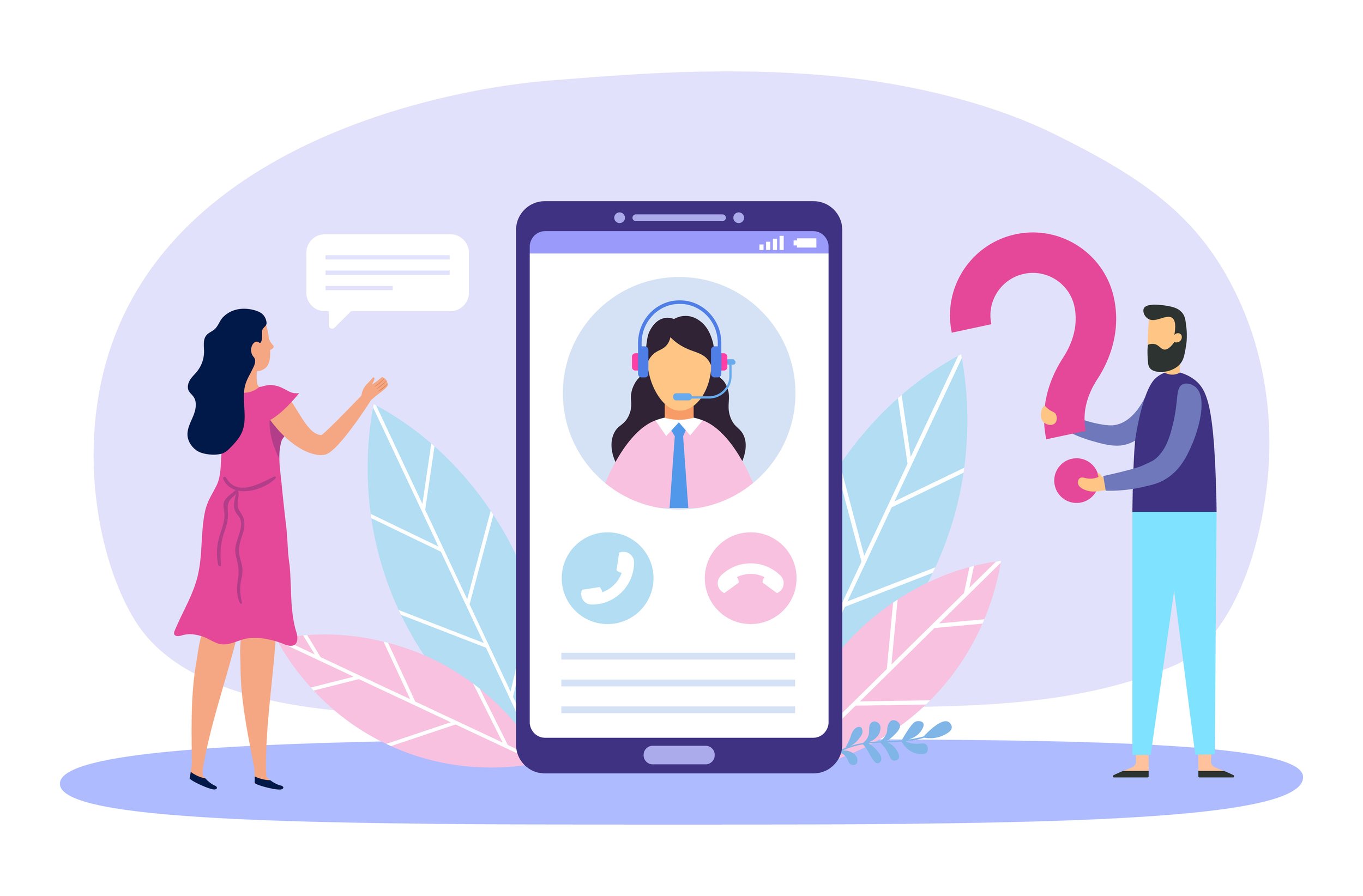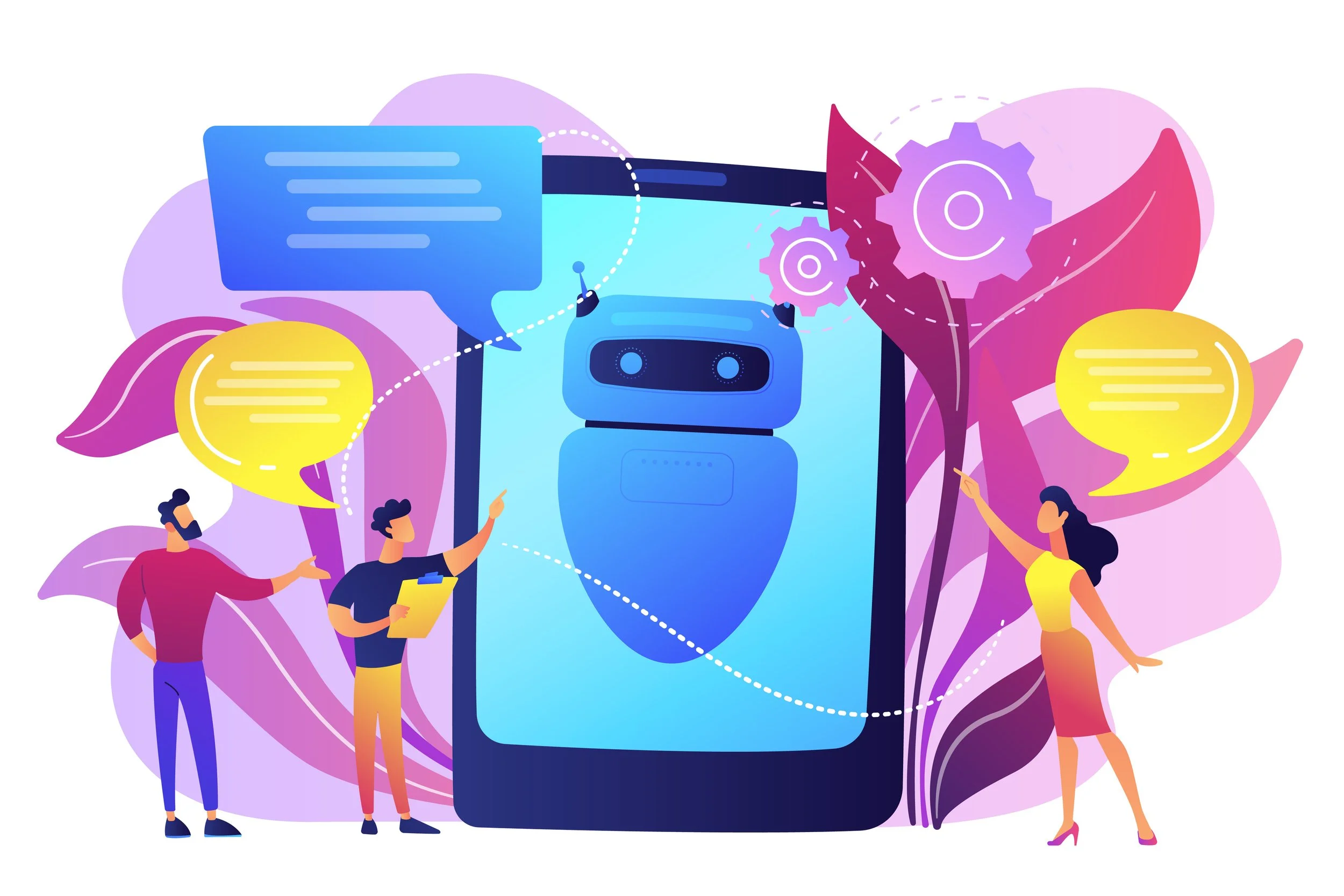Customer Service + Communication Strategy, Training, and AI Tools
Hi, I’m Beata — a customer experience and communication architect!
I help frontline teams improve customer interactions + enhance collaboration across departments and roles — by blending technology and learning.
Effective communication is the foundation of excellent customer service.
Empower your customer service teams and frontline staff with innovative training and AI tools
Call center agents
Customer service representatives
Concierges
Front desk associates
Property managers
Leasing specialists
Real estate agents
Housing inspectors
Public safety officers
Social workers
Healthcare professionals
Hospitality workers
Your customer service team
My programs and techniques draw from 20 years of research and professional experience in customer communication and brand management.
I’ve conducted studies, surveys, interviews, and focus groups. Most importantly, I worked with hundreds of frontline employees during my tenure as an in-house consultant.
This combination of research and real-world insight resulted in an innovative, effective, yet simple method for delivering exceptional customer service.
— Beata
Effective communication is the foundation of exceptional customer service. Throughout their journey, customers constantly interact with your customer service and frontline teams — whether in person, over the phone, via email, text, or online chat.
My programs and solutions will help you effectively communicate with each and every customer — including persons with disabilities, customers experiencing stress and anxiety, individuals with neurological differences, older adults, and customers who don’t speak English fluently.
Cognitive empathy is the ability to fully and accurately understand your customer’s experience. This understanding allows you to address their challenges and needs quickly and successfully. Plus, it improves communication and relationships with your customers — while building lasting trust.
Respect and appreciation are what every customer expects. Customers want a balanced, trusting relationship with your team — so that they can work with you to find successful solutions.
Language is a powerful tool that’s often overlooked in customer service. Individual-first language serves multiple purposes:
Helps your customers understand what you say or write the first time they hear or read it
Conveys respect, appreciation, understanding, and compassion
Facilitates problem solving and collaboration with your customers
Discover how my AI-powered assistants can support your frontline teams — to elevate your customer experience through clarity and cognitive empathy.
How can cognitive empathy and customer-first language help you deliver exceptional service?
-
Fully and accurately understand each resident’s unique needs and challenges
Match residents to the perfect unit — considering various factors such as size and layout as well as accessibility and location within the building
Make the application and move-in process stress-free
Ensure timely rent payments
Address requests effectively — from repairs to accommodations
De-escalate disputes and resolve neighbor issues quickly and successfully
Organize enjoyable community events — for each and every resident
Create a positive living experience to increase resident retention and boost referrals
-
Fully and accurately understand each buyer’s housing and financing needs, challenges, and intentions — both present and future
Match each buyer to their dream home quickly and successfully — considering various factors such as budget, location, community, size, layout, features, and accessibility
Communicate property details and financing options clearly and effectively
Make the inspection, repair, and closing processes easy to understand and stress-free
Keep clients informed about the status updates and ensure they meet all deadlines — so that they can stay on track and in the loop!
Create an exceptional, individualized experience for your buyer, build trust within the community, and boost referrals
-
Fully and accurately understand each patient's unique experiences, challenges, and needs — including their medical history, symptoms, and lifestyle factors
Communicate effectively with your patients and their families — especially those experiencing anxiety and stress
Ensure that each patient clearly understands their diagnosis and treatment options — including patients who don’t speak English fluently and neurodivergent individuals
Convey respect and compassion and build lasting trust with patients and their families
Work together with your patients to achieve their health goals
Reduce the cancellation and no-show rates
Create an excellent experience to increase patient retention
Did you know that strategic customer service can strengthen your brand?
It enhances brand perception
Each positive interaction with frontline staff — whether sales agents, concierges, virtual assistants, or maintenance technicians — shapes the customer’s view of the brand.
It communicates brand position
Every experience reinforces brand messaging — ensuring consistency across touchpoints.
It builds brand credibility
Exceptional service delivers on brand promises — like compassionate care or the sense of community.
It develops brand loyalty
Each positive frontline interaction fosters connection and trust between the customer and the brand — driving customer retention and repeat purchases.
It turns customers into brand advocates
Exceptional experiences lead to word-of-mouth recommendations, glowing reviews, and praise on social media.
Speaking Engagements
Listen to Invisible Experiences: Empathizing with Individuals Who Have Invisible Disabilities
46th Annual International Listening Association (ILA) Convention, July 31, 2025, University of Maryland, College Park
Listening and Language in Customer Service
46th Annual International Listening Association (ILA) Convention, August 2, 2025, University of Maryland, College Park
Customer Service: Understanding Your Resident's Experience
Bay Area Apartment Association (BAAA), October 9, 2025, Temple Terrace, FL
Interested in a custom talk or workshop for your organization? Let’s connect!




















